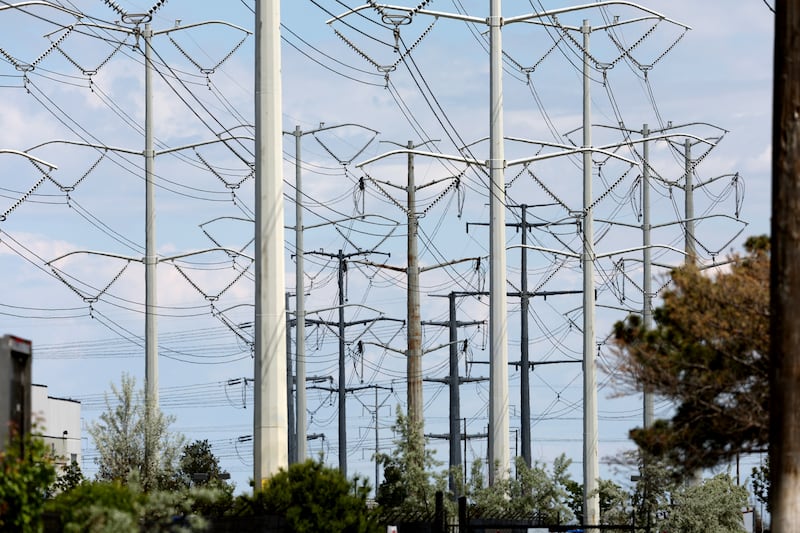Utah was recently recognized as the state with the fastest growth in manufacturing jobs. This news follows a resurgence of manufacturing more broadly in America and reflects a profound change in global supply chains. Modern manufacturing is a highly desirable industry that creates outsized economic impacts for communities but also requires significant investments in energy infrastructure, of which there is a global shortage.
The current presidential administration’s efforts have resulted in more manufacturing opportunities for Utah, and the incoming administration intends to pursue policies that will continue that trend of restoring and strengthening U.S. manufacturing. For Utah to sustain its economic success through this major industrial shift, it must focus its energy strategy on meeting the current and future demands of this new industrial era.
Manufacturing jobs in the U.S. peaked in the 1970s before cheaper overseas labor markets drew them away. In recent years, the trend began to reverse as domestic production became more cost-competitive before a confluence of events accelerated manufacturing’s return. The global pandemic led to delays in shipping goods and made business leaders more aware of the risks associated with overseas production. Growing tensions between the U.S. and China underscored the need to reshore the manufacturing of items critical to national security back home, including in Utah. In addition, hundreds of billions of dollars in industrial federal funds provided through the Inflation Reduction and CHIPS Acts have steered the production of semi-conductors and clean energy technologies into the U.S.
While Utah has not aggressively pursued industrial federal funding such as these, it has benefitted from them. For example, Texas Instrument’s $11B semi-conductor plant expansion in Lehi directly resulted from the CHIPS Act, and the Inflation Reduction Act (IRA) has contributed to a surge in clean energy, critical mineral and other related projects landing in Utah. The completion of CHIPS and IRA-funded projects, continuation of pro-manufacturing policies and decisions made in board rooms to derisk supply chains will continue to bring jobs back to the U.S., creating opportunity for Utah as a strong domestic manufacturing leader. This is particularly important given the advantages new manufacturing facilities and employment bring to an economy.
Today’s advanced manufacturing facilities are more like large-scale supercomputers than the old, stodgy, dark factories of the past. Digital technology and automation have provided modern manufacturing with a competitive advantage for nations and states in terms of production efficiency, output and job quality. Manufacturing jobs also outpace other sectors for what is known as their economic multiplier — that is, the number of indirect and induced jobs generated beyond the direct jobs created by the manufacturer itself. Importantly, the economic benefits extend high-skilled, high-paying jobs to workers across education levels.
To capitalize on this moment, Utah must address its power shortage. This global dilemma stems from the digital economy’s seemingly insatiable appetite for energy brought on by electrification and AI’s demands on data centers specifically, the nondescript warehouses full of computer hardware running everything from our phones, computers and cars to automated manufacturing facilities. Governor Cox’s recently announced Operation Gigawatt is intended to do just that. Utah’s “all of the above” energy strategy is needed to meet current power demand now — and that means leveraging our abundant natural gas and coal resources to keep pace economically. However, as private markets are showing, the longer-term dominant fuel source must meet economic and climate imperatives; in other words, it must be clean as well as reliable and affordable.
Utah must make a bold bet on nuclear power as the proven fuel source with the highest capacity to meet future energy demands while preserving our natural environment. The incoming presidential administration’s appetite for permitting and licensing reform can enable a nuclear renaissance in America. The Economic Development Corporation of Utah and its partners are already courting an array of innovators who are seeking to bring micro nuclear reactors, small modular reactors and cost-effective, large-scale nuclear technologies to our state. Utah must advocate and advance state and federal pro-nuclear policies, prepare a nuclear workforce and organize around the parallel paths of “all of the above” for the near term and nuclear as a dominant power generation source for the longer term. Doing so will position Utah to power its economic prosperity for generations to come.

